How Can We Help?
Frequently asked questions about Myanmar.
Visa & Border Crossings
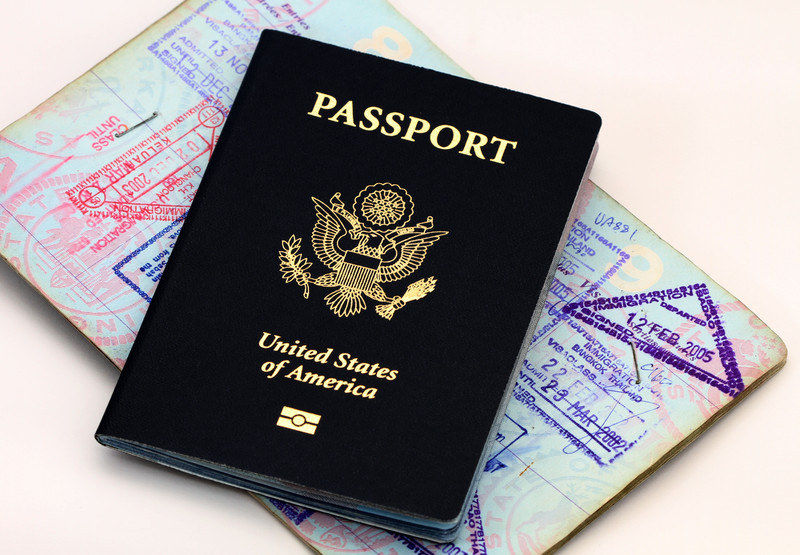
All travellers to Myanmar require a valid passport with a minimum of 6 months remaining and a valid Myanmar visa. There are two ways to obtain a Myanmar Visa. Either applying online for an E-visa or by applying directly from a Myanmar Embassy or consulate abroad.
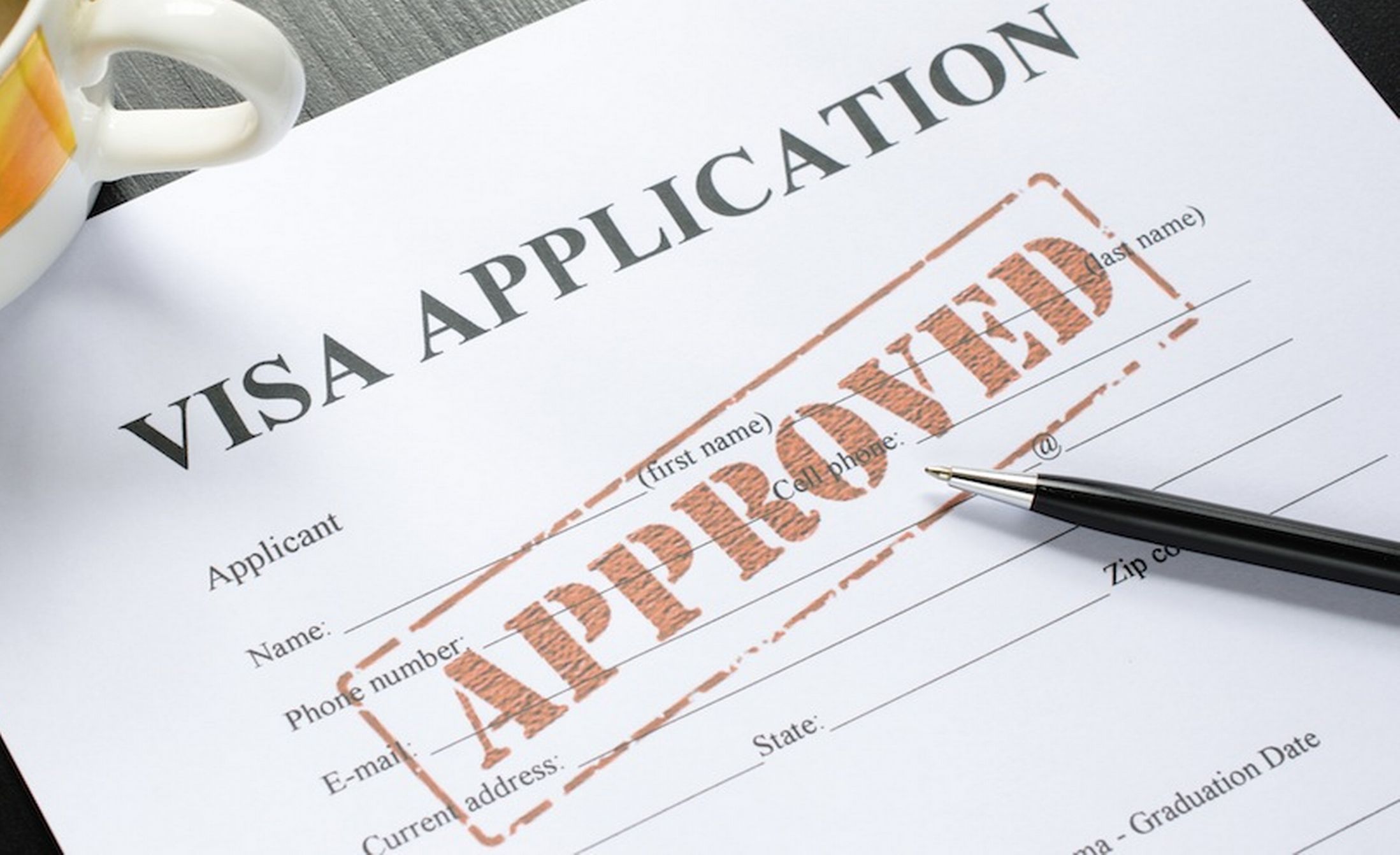
Easiest way for obtaining a tourist visa for Myanmar is to apply online from the government website the processing time is normally couple of days. You will need to upload a passport photo and copy of your passport and pay online 50usd (prices may fluctuate).

Currently no. It may be possible to do a visa run in the near future from Thailand to the border towns, but venturing deeper is not allowed nor safe apart from Kawthaung and Mergui Islands where there is no flighting. Much of the country’s border regions are controlled by armed ethnic groups that are at war with the junta.

It is possible to visit Mergui islands again after a couple years of closure. The border crossing Ranong / Kawthaung opened in March 2023 and travellers could enter the islands without visa on arrange tour and return back to Ranong.
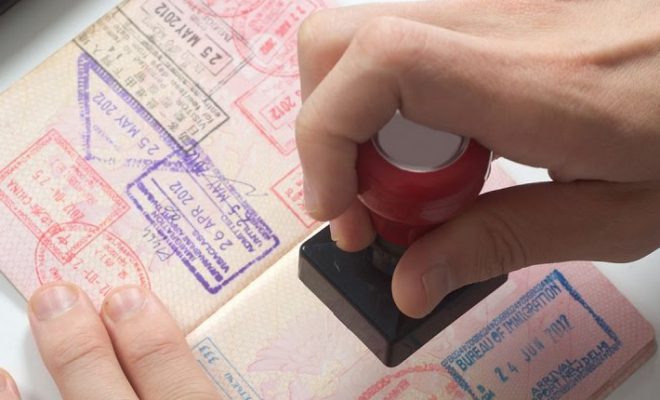
Overstay in Myanmar will cost 3usd a day and is payable at Yangon or Mandalay airport when departing the country. Due to the unstable political situation in the country, we don’t recommend taking the risk of overstaying and the chance of being arrested.
Travelling in Myanmar
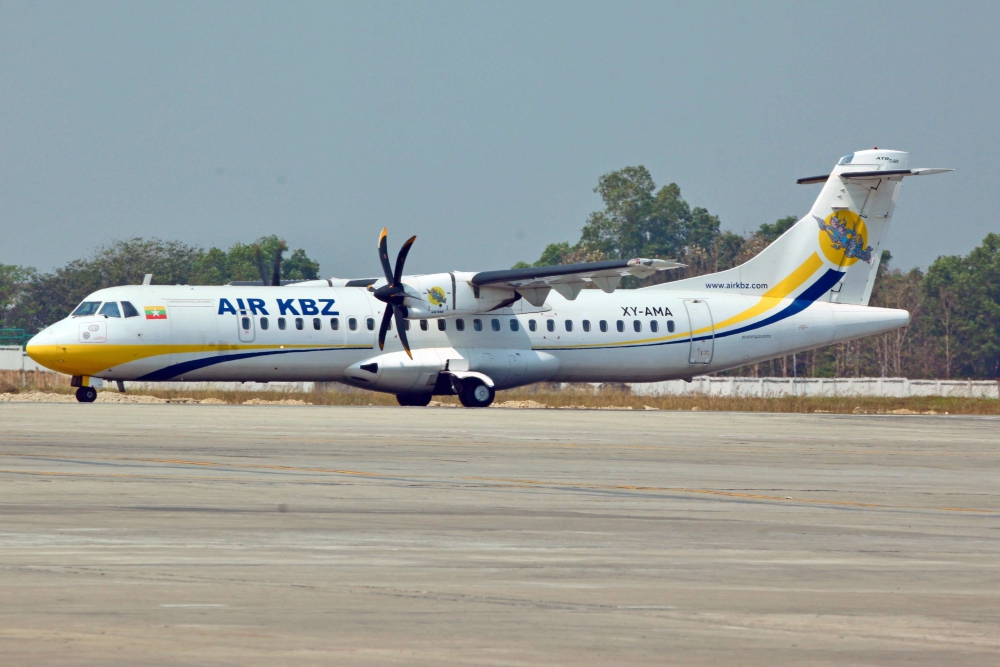
Myanmar has an extensive network of airports. Many of them were built during the British colonial period and during the second world war. Air travel is an efficient and relatively cheap way to get around Myanmar and is particularly appealing given that bus and train journeys between major tourist sites tend to be long and often uncomfortable.
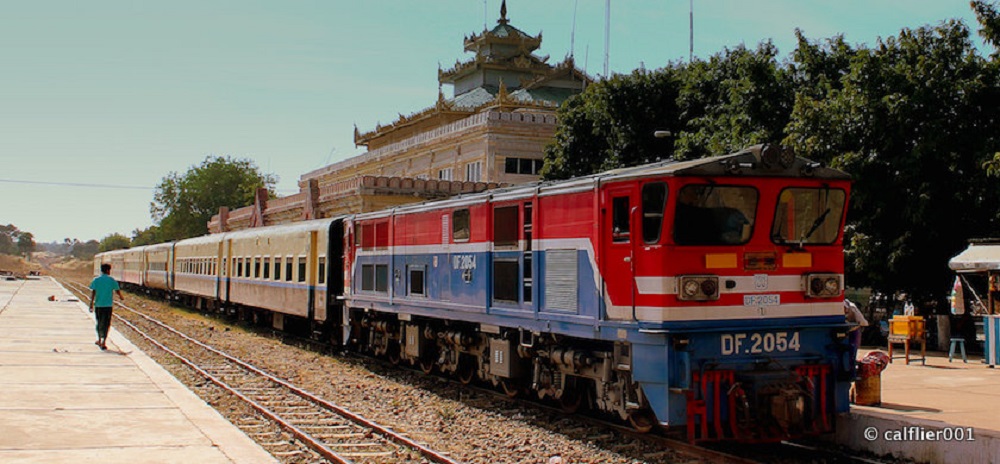
With the trains being slow and unreliable, road travel is the best way to get around if you are on a budget. It is worth noting, however, that many routes are off-limits to foreigners – usually when they run through sensitive border areas or regions where the junta is in conflict with ethnic minority militias. In addition, many roads are poorly maintained and can become impassable in the rainy season, from May to October.
The amount of bureaucracy involved means that foreigners very rarely hire self-drive cars: you’d need a special permit and to have a local with you in the car at all times. It’s easy enough, however, to hire a car and driver for a day or more.
Taxis are easily available in Yangon, Mandalay and a few other large cities and popular tourist destinations. Always agree the price before starting your journey. Local bicycle rickshaws (with sidecar) are a great to experience the slow travel in cities and get a feel old time local travel.
There are very comfortable long-distance buses that are usually cheaper and faster than trains running the same route. Most buses run overnight, typically arriving at an inconvenient pre-dawn hour. We don’t recommend taking busses for the time being due to security risks and check posts along the way.
There is no legal requirement to use seat belts, and they may not be provided. Motorcycles have been completely banned from the streets of central Yangon. There are also some places, such as Bagan, where foreigners are not allowed to hire motorbikes. Visitors must remember that, under Burmese law, the driver of a car involved in an accident with a pedestrian is always at fault.
Foreign licences are not accepted, but an International Driving Licence can be exchanged for a local driving licence at the Department for Road Transport and Administration in Yangon.
Yangon has a circular rail service for commuters, which is a great way to see daily suburban life. There are also antiquated and overcrowded bus services in some cities; more common are pick-ups, small trucks with seating at the back which cover fixed routes. Unmetered taxis, usually cars or motorbikes, are available in cities, as are cycle rickshaws; it is wise to pre-arrange fares.
The state-run railway serves most of Myanmar, with the principal line being Yangon to Mandalay (journey time 16 hours). The two main classes are ordinary and upper (with reclining chairs), although some trains have first class (between the two) and oversubscribed sleeper carriages. Services are regularly afflicted with delays caused by climatic, technical and bureaucratic difficulties. In addition visitors should be aware that much railway equipment is decrepit and journeys are often uncomfortable. Note that US dollars must be used when purchasing tickets.
Myanmar has about 8,000km (5,000 miles) of navigable rivers, and one of the best ways to see the country is by boat. The most popular route is Mandalay-Bagan, as tourist boats run it regularly, but on other routes (such as Bhamo-Mandalay) visitors instead travel with locals. There are also a few very upmarket river cruise boats on the Irrawaddy River.In some areas, foreigners are allowed to travel by water but not by land. Taking a ferry therefore gives a chance to get off the beaten track.

There are no official hotel categories in Myanmar. Hotel categories are rated by Discovery DMC according to general international hotel criteria. Yangon, Bagan, Mandalay, Inle Lake, Ngapali and Ngwe Saung Beaches offer a wide choice of accommodation including boutique hotels and international five star properties. In other regions travellers should not expect top deluxe properties, though increasingly there is charming and traditional oriental style accommodation available. In some regions accommodation can be simple and basic.

Lightweight cottons and linens are recommended throughout most of the year. A light raincoat or umbrella is needed during the rainy season. Warmer clothes are advised for cooler season and some evenings, particularly in hilly areas, on ferries or for trips on Inle Lake. It’s also a good idea to wrap up when travelling on buses, as the drivers tend to overuse the air-conditioning.
Mobile & Internet
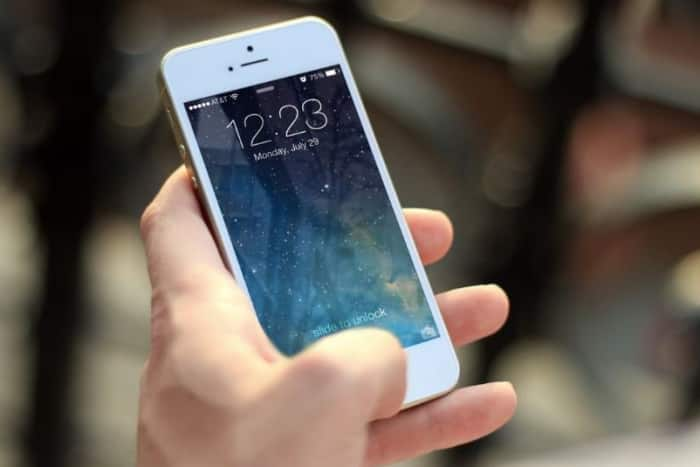
Much has happened in Myanmar’s telecoms sector in the past years. Incredible rollout covering most of the country in just a few years and proving the country’s citizens with one of the best mobile networks in Southeast Asia. This infrastructure still remains in most of the country despite some restrictions being applied to freedom of its use. Tourist Sim card cost is currently 25,000mmk. Approx 10usd.
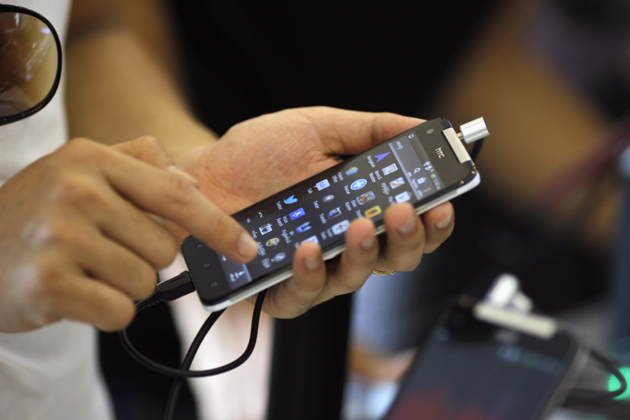
Internet access is available in most of the country though expect slow connections in many places.
Myanmar Overview
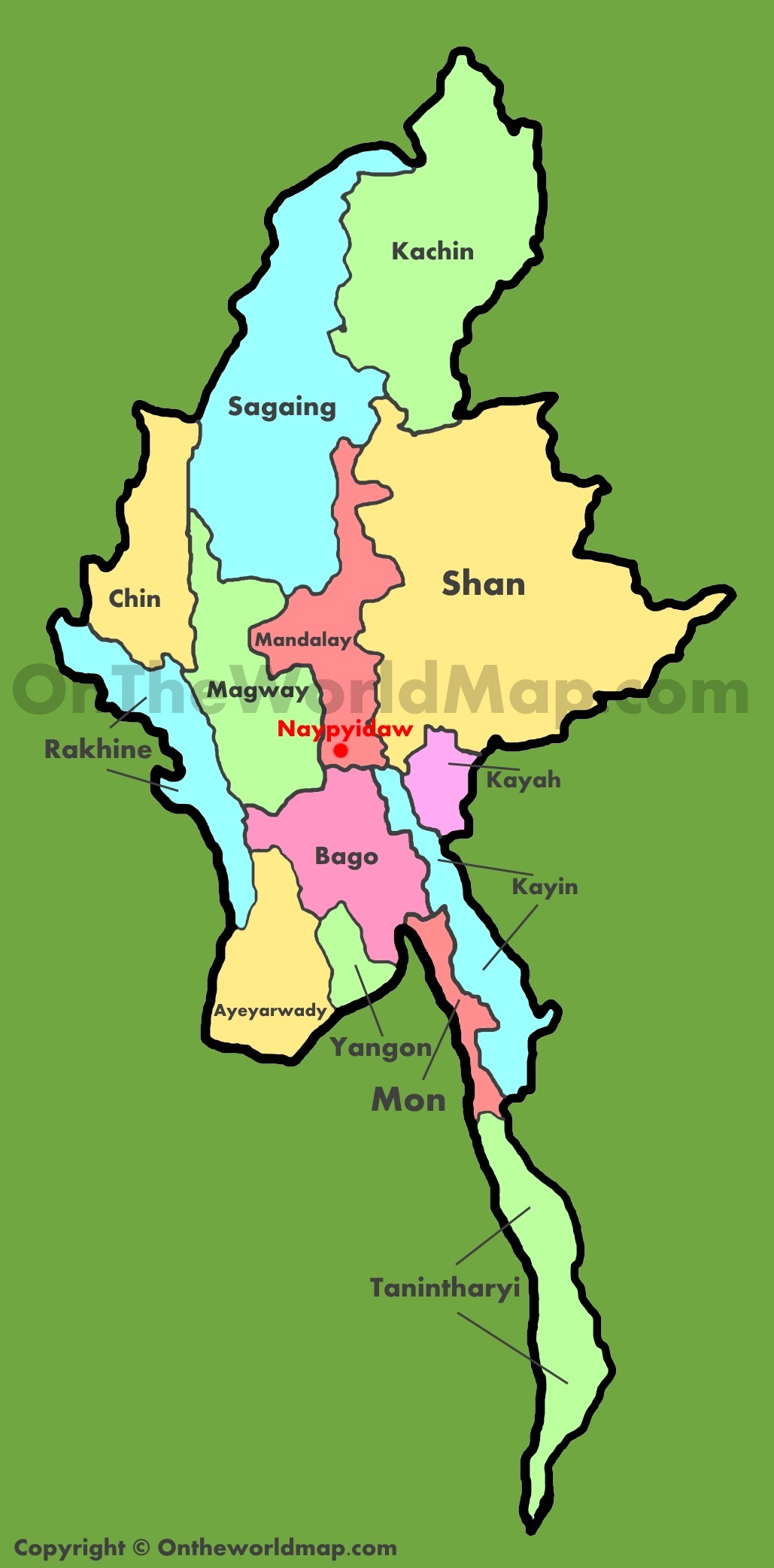
| Country Facts & Figures | |
|---|---|
| Country Name: | Union of Myanmar |
| President: | Win Myint |
| Population: | 53.7 million |
| Capital: | Naypyitaw 1mil. |
| Cities: | Yangon around 7 million |
| Area: | 676 552 sq. km (261 218 sq. miles) |
| Highest point: | Mt Hkakaborazi 5881m |
| Languages: | Burmese, English and ethnic languages |
| Religions: | Buddhist 89%, Christian 4%, Muslim 4%, animist 1%, other 2% |
| Ethnic groups: | Burman 68%, Shan 9%, Karen 7%, Rakhine 4%, Chinese 3%, Indian 2%, Mon 2% |
| Time: | UTC +6.5 |
| Country code: | +95 |
| Currency: | 1USD = 2800mmk in 2023 |
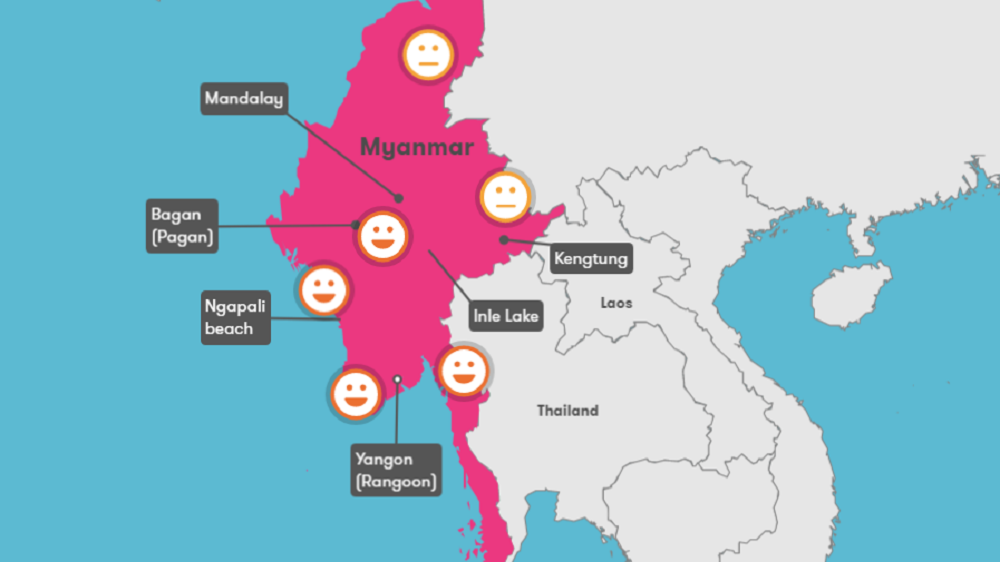
Myanmar has three main seasons: hot season, rainy season, and cold season. The best time to visit Myanmar is from October to March when temperatures are relatively low (average 15 – 30 degrees centigrade) and when there is practically no rain. Note that in December and January the temperature can drop to near freezing at night in the highlands of the Kalaw, Pindaya, Taunggyi and Inle Lake area. In April and May which is the hottest season the temperature often tops 40 degrees centigrade in Yangon, and in Mandalay and Bagan it can get even hotter. The monsoon starts between mid-May and mid-June bringing frequent rains, particularly in the southern as well as western region of Myanmar which last until September. During these months higher altitude destinations Pyin Oo Lwin, Kalaw, Pindaya, Ywangan and Inle Lake have pleasant European summer like weather with few showers.
GMT + 6:30 hours.
Language & Culture
The official language is ‘Myanmar/Burmese’ with numerous regional and minority languages and dialects. English is spoken at all major hotels. Basic English is also spoken widely throughout the country, and travelers will almost always find someone who will at least understand and speak a few words of English. Discovery DMC provides guiding services in English, German, French, Italian, Spanish, Russian, Japanese, Thai and Chinese.
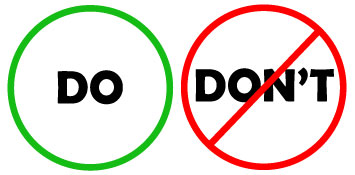
Use only bottled water. Water used for drinking, brushing teeth or making ice should be boiled or filtered. Milk is unpasteurized and should be boiled. Powdered or tinned milk is available and is advised. Avoid dairy products that are likely to have been made from unboiled milk. Only eat well-cooked meat and fish unless in hygienic restaurants. Vegetables should be cooked and fruit should be peeled. Some travellers avoid Burmese food for their evening meal, as the curries are cooked in the morning and then left in pots throughout the day. Chinese, Thai and other dishes, on the other hand, are usually cooked to order.
Myanmar is very conservative and old fashioned country in many ways and is slowly modernising its own way. The country has been sliding back to authoritarian style rule and travelers should understand that discussions of certain topics may not be safe.
Dress discreetly, be polite and friendly. Be an observer. Avoid sharing your personal opinions of governance, religion or other topics that could offend people.
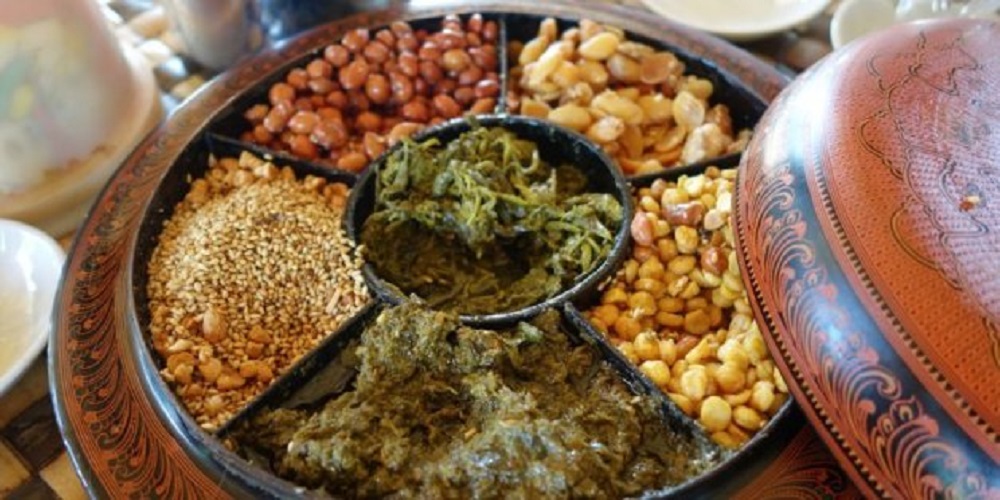
The regional cuisine balances spicy, sour, bitter and salty flavours; it can be quite hot but rarely as much so as Thai food. Common local ingredients include fish, seafood, chicken and vegetables spiced with onions, ginger, garlic and chillies, served with rice or noodles. When going out to eat, most locals will pick Chinese restaurants since they make Burmese meals at home. Indian cuisine is also well represented, particularly in Yangon, while major tourist areas usually have a selection of places doing passable Western food.

Myanmar has a monsoon climate with three main seasons. The hottest period is between February and May, when there is little or no rain and temperatures can rise above 40°C (104°F). The rainy season is generally from May to October, giving way to dry, cooler weather from October to February. The coast and the mountains see significantly more rainfall than the arid central plains, which include Mandalay and Bagan, and roads can become impassable during the rainy season in those areas. Overall, the best months to visit are from October to April.
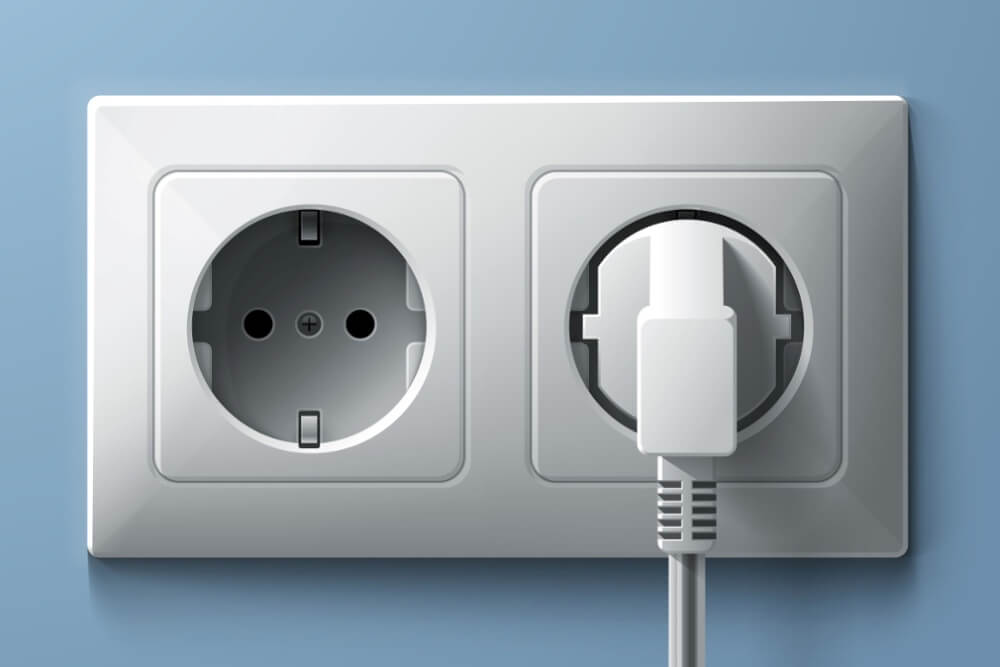
For the most part, electrical sockets (outlets) in Myanmar (formerly known as Burma) are one of the two European standard electrical socket types: The “Type C” Europlug and the “Type E” and Type F” Schuko. Also reported to be in use is the “Type D” Indian socket. If your appliance’s plug doesn’t match the shape of these sockets, you will need a travel plug adapter in order to plug in. Travel plug adapters simply change the shape of your appliance’s plug to match whatever type of socket you need to plug into. If it’s crucial to be able to plug in no matter what, bring an adapter for all three types.
Electrical sockets (outlets) in Myanmar usually supply electricity at between 220 and 240 volts AC. If you’re plugging in an appliance that was built for 220-240 volt electrical input, or an appliance that is compatible with multiple voltages, then an adapter is all you need.
But travel plug adapters do not change the voltage, so the electricity coming through the adapter will still be the same 220-240 volts the socket is supplying. If your appliance is not compatible with 220-240 volt electric output, a voltage converter will be necessary.
Money
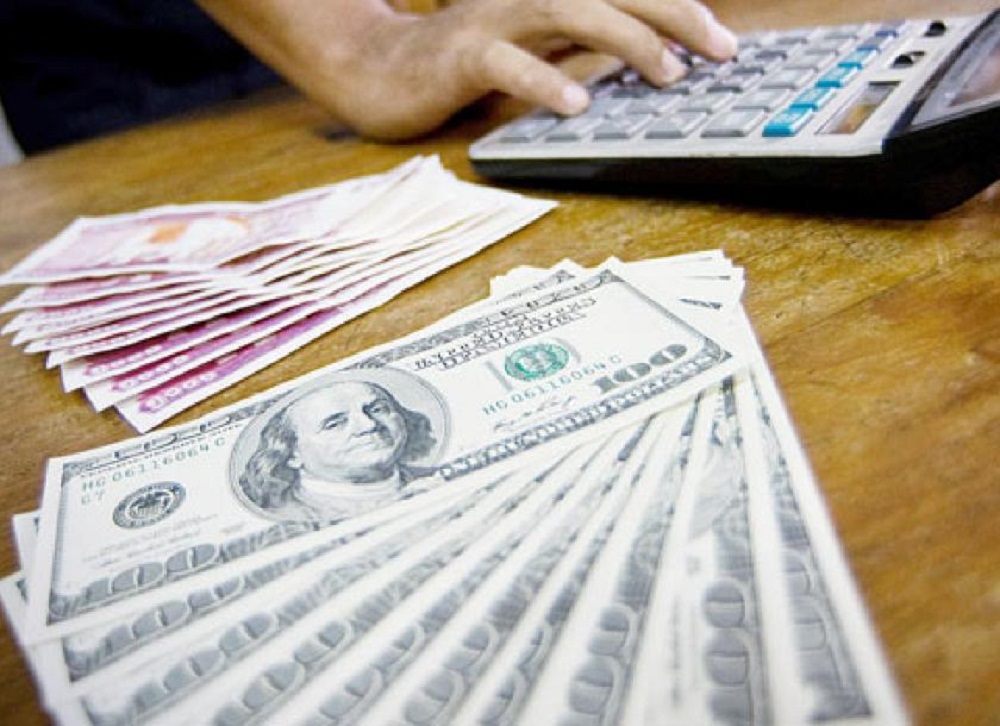
Kyat (MMK; symbol K) = 100 pyas. Notes are in denominations of K10,000, 5,000, K1,000, 500, 200, 100.
The import and export of local currency is prohibited. However, amounts of foreign currency exceeding $10,000 or equivalent must be declared on arrival and must be converted within one month of arrival and the declaration certificate kept for departure.
The local currency is used by tourists to pay for everyday expenses such as restaurant meals, bus travel, taxis and shopping. Other expenses, such train tickets and museum entry fees, must be paid for in US dollars (although, in some cases, euro are also acceptable). In some situations prices are quoted in dollars although kyat are accepted at a poor exchange rate.
It is essential to ensure that any US dollars brought for use in the country – whether to be exchanged or spent – are recent issues (2006 or later) and absolutely pristine: any tears, folds or marks may lead to a note being rejected. High-value dollar notes usually receive the best exchange rate, but it’s also useful to have lower denominations to spend as hotels etc. may not have change. Euros are also exchanged at banks, and may be accepted at government-run museums, but are less useful when paying for hotel rooms or other expenses.
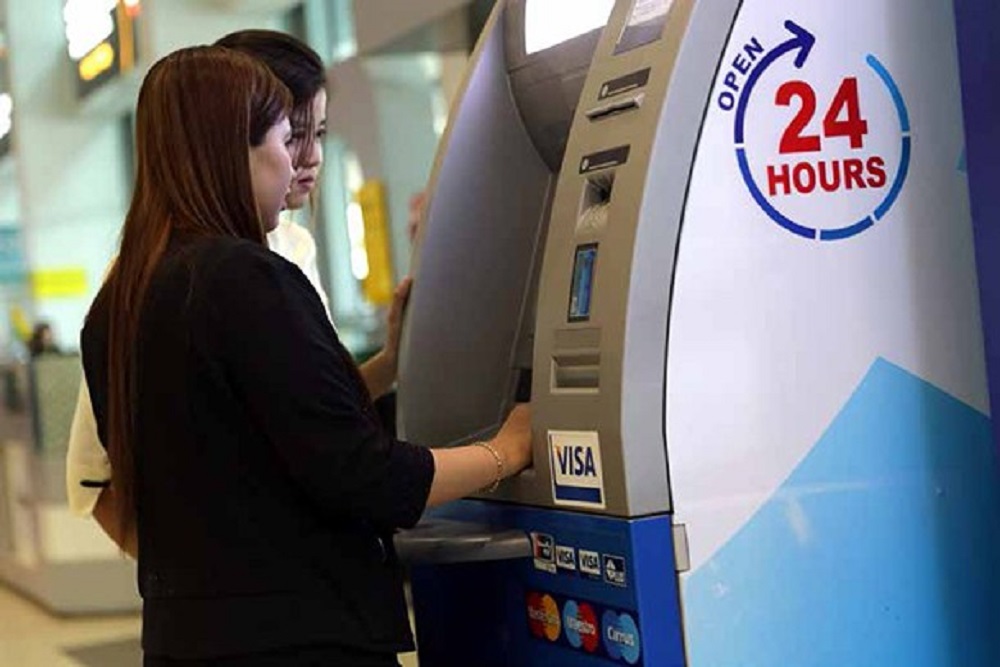
Banking hours: Mon-Fri 1000-1400, and sometimes Saturday mornings.
Visa and Master credit cards are accepted in international standard hotels. Don’t rely on cards and ATMs when travelling in Myanmar.
Myanmar has several local banks with branches in almost all towns across the country. The ATMs frequently run out of cash, or only dispense small amounts, or don’t work with international cards. So it’s a good idea to bring some cash to change just in case.
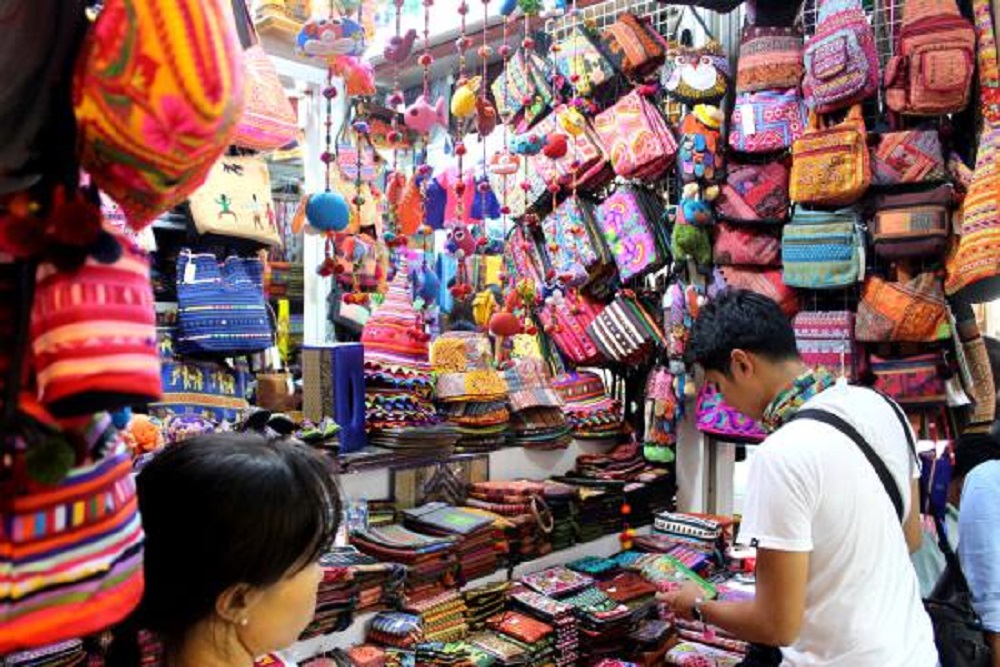
Shopping is plentiful in most areas of Myanmar with colorful markets and stalls adorning most streets. Most popular buys include antiques, embroidery, gems, lacquer ware, mother-of-pearl, hand-woven silk Longyi, traditional woodcarvings, customary puppets and tribal crafts. Jewelry should be purchased through an authorized dealer who will issue a receipt so that the items can be exported. Bargaining is an elemental part of Myanmar life in small shops and markets.
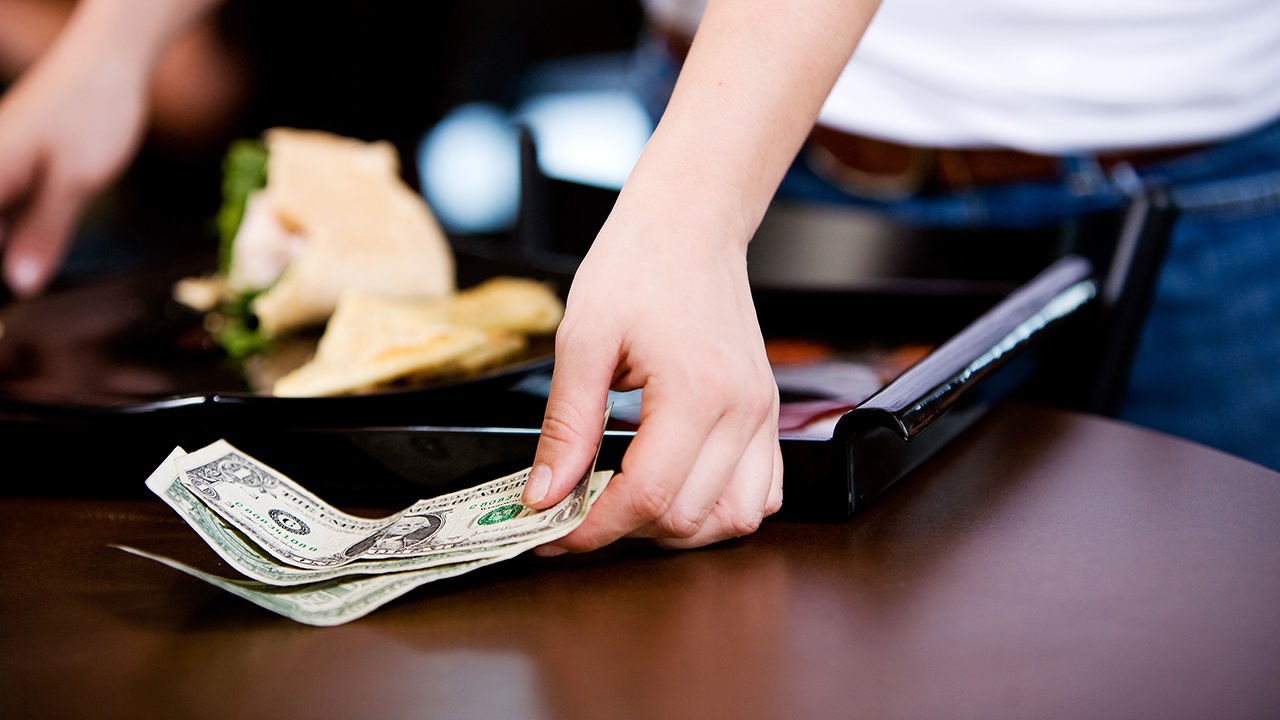
Tipping is common in Myanmar and much appreciated. Tipping is entirely voluntary and should encourage good and satisfactory service. Major hotels and restaurants usually add 10 % Service Charge to bills. Where it is not included a tip of 5-10 % of the bill would be appropriate if the service is satisfactory. Porters should be tipped at 1000 kyat per bag. Recommended tip for local guides is 5USD per person per day and 2USD pp per day for drivers.
OTHER REGIONS
Myanmar / Essential Information
- Visas and border crossings
- Country facts and figures
- Language and culture
- Security
- Money
- Mobiles and the Internet
- Travel to and around Myanmar
- And more
